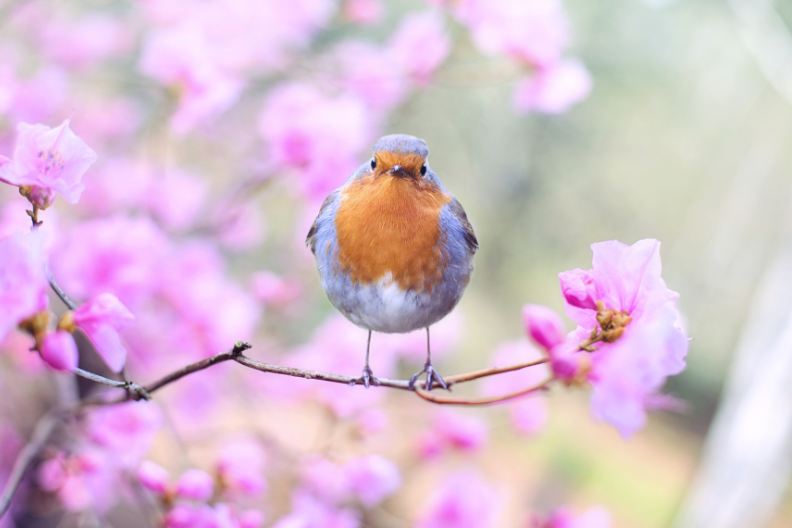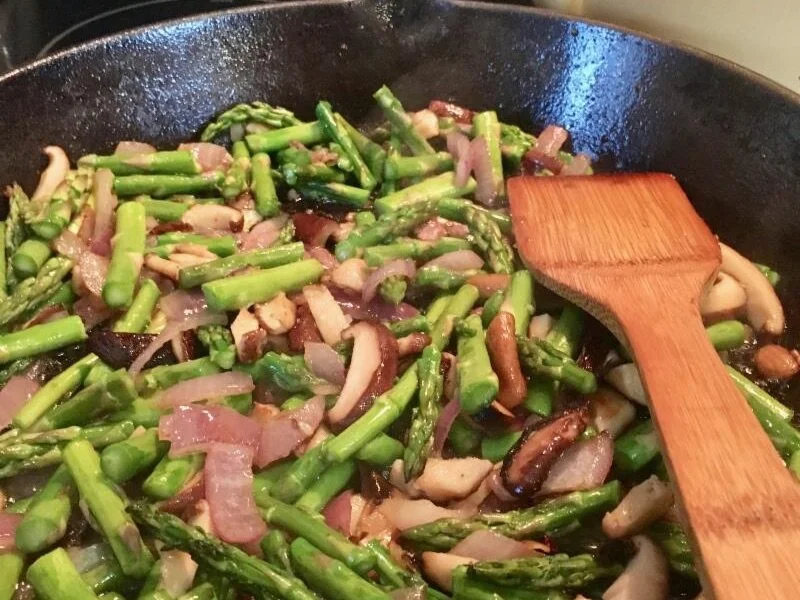The Sweet Surrender to Spring
/As spring slowly arrives, we are reminded that nature has her own way and time. We humans are conditioned to want to know what comes next. When it will come; how it will come. We often look to the past to show us the way of the future. Realizing that one is not correlated to the other, we are humbled and reminded that we are, in fact, not in control. Whether it is nature, children, health, loss, a pandemic, serendipity or any of the other wrenches thrown into the system, we are reminded that the best-laid plans oft go awry.
It is human to crave control, to want to know what is going to happen next. Equally, it is the human experience to never know what is going to happen next.
When seated in this great conundrum, I consider my favorite of the five niyamas from yoga philosophy – Ishvara Pranidhana or self-surrender. I think about it like this: Let the greater story unfold. As I see it, I am but a tiny piece of the greater story. If I allow myself to only consider what I know and what I can control, I limit the potential of the greatness of my story and the story of humanity. The surrender involved is not that of giving up. Rather, it is the surrender of what the outcome will be. We surrender to planting the seeds of potential and then allow those that have potential to germinate, take root, and grow while others incubate longer or are swallowed up into the earth. All things have their time and their moment; nature cannot be rushed nor can our hopes and dreams. We work towards what we want, of course, yet we eventually surrender – willingly or unwillingly – to something greater than ourselves, our story aligning with the story of humanity.
Spring is the time when we see what the seeds planted in the past bring forth. Will the tulips come up, or did the squirrels get them? Will the work that I put into my business, my relationship, or my garden reap rewards or will self-surrender guide me as I realize not all I wished for has come to pass in this present moment?
It takes three-to-five years for asparagus to form its first edible shoots from when the seed was planted. This is when the time is right for asparagus. Peas on the other hand are prolific. Given the space and something to anchor them, they will grow, reaching out their tendrils for the trellis or fence around which to wrap. I sound as though I understand gardening. I don’t know how all that well, yet even I can grow peas. There is beauty in knowing that there are those gardeners with the patience and skill to coax asparagus to maturity, and a beauty in a gardener like me, content to grow the much-easier pea.
Nature is wildly unpredictable. Yet we can be certain that spring will eventually arrive, followed by summer, fall, and winter. The character of each season will change from year to year and contribute to the larger story If we practice self-surrender and dance in the garden of the present moment.
Anna Klimmek is a trained chef, certified Health Coach, and the founder of Happy Food MN. She received her training from the Institute for Integrative Nutrition and Le Cordon Bleu Training. Anna’s approach to food and cooking is to recognize that all things are interconnected. She takes a holistic approach to eating, cooking, and lifestyle and teaches you how they all play into each other. Anna is a graduate of Green Lotus Yoga Center’s 200-hour yoga teacher training program and currently teaches at our Mendota Heights center.











